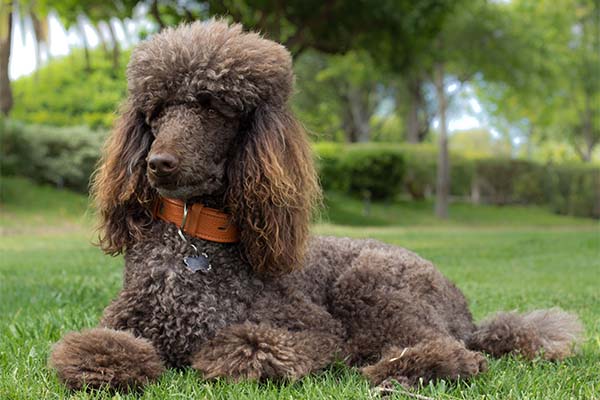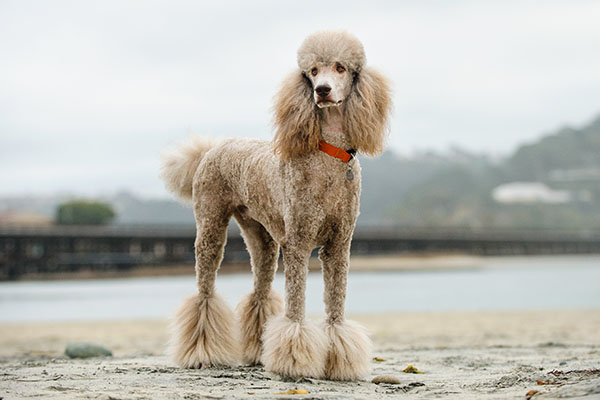The Poodle is one of Dogdom’s real aristocrats and comes in Standard, Miniature, or Toy sizes, as well as in black, white, or apricot colors. There is an elegant athlete and companion for all occasions and seasons hiding beneath the low-allergen, curly coat.
Poodles come in three sizes: standard (shoulder height greater than 15 inches), miniature (15 inches or less), and toy (10 inches or less). The proportions and build are the same for all three types. Poodles are frequently spotted wearing the extravagant Continental clip at dog exhibitions. The Sporting clip, in which the coat is sheared to match the form of the squarely built, smoothly muscled body, is preferred by the majority of pet owners. Forget any preconceived beliefs you may have about poodles; they are eager, athletic, wickedly intelligent canines with amazing versatility. The Standard is the family’s best all-around athlete due to his superior size and strength, although other Poodles can be successfully taught.





 Health
Health Grooming
Grooming Exercise
Exercise Training
Training Nutrition
Nutrition